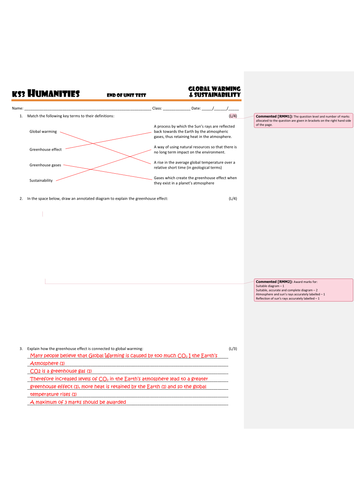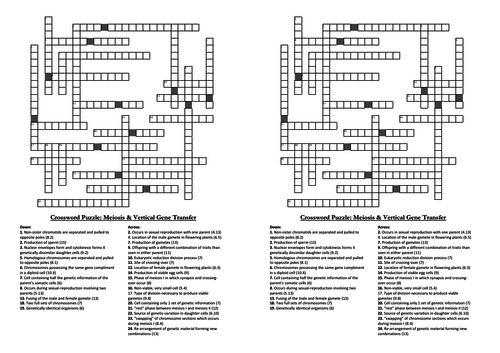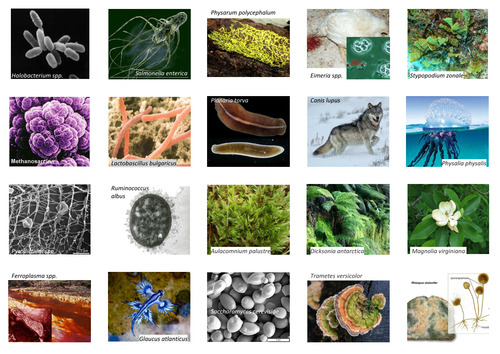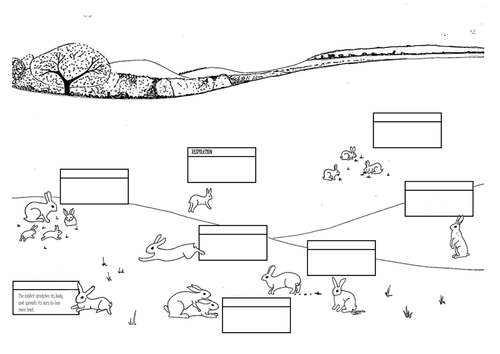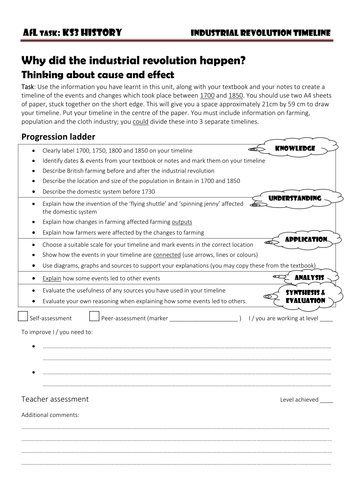sMiles Science
Biology. Science. Geography. History. Whole school. Most resources aimed at KS5 G&T biology or KS3 geography and science. Due to my wide range of experience I have developed resources for a wide range of subjects including biology, chemistry, physics, geography, history, travel & tourism, citizenship, PSHE, and RE as well as whole school items and middle management. I have been teaching for 11 years, with experience both in the class room and in various management roles.





